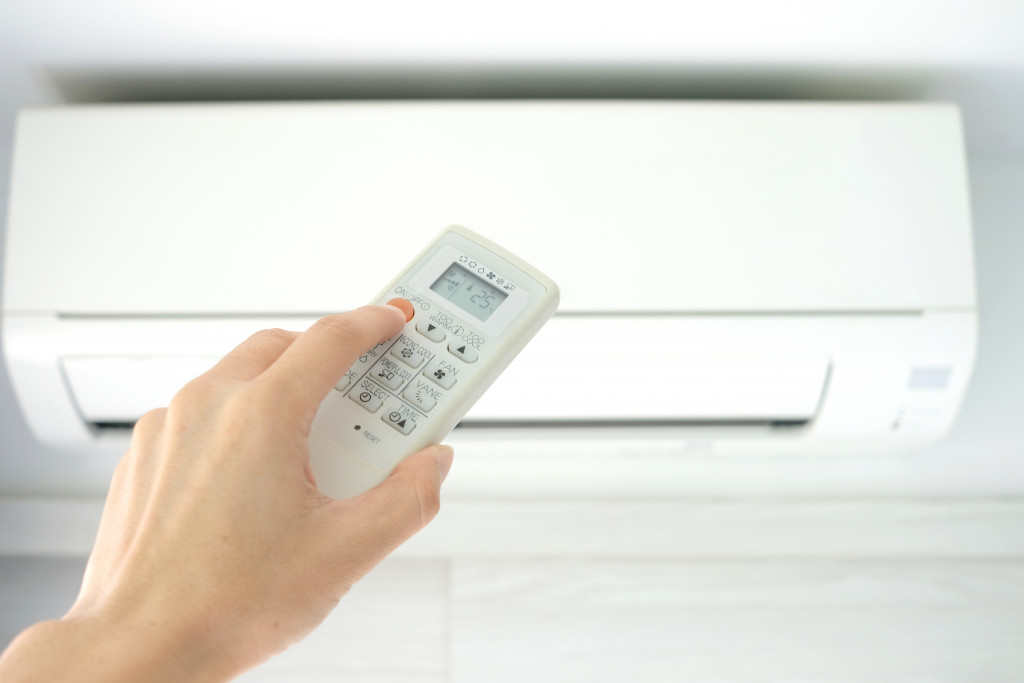Today, more homeowners are taking the extra steps to ensure that they’re consuming only the amount of energy they need. Not just for utility bills, but for the environment, too. When it comes to green practices at home, two noteworthy factors play: energy conservation and energy efficiency.
Aren’t both energy conservation and energy efficiency the same? Although they have the same end goal, they are different. Energy conservation is just that, conserving energy. It is technically behavior directed at consuming less energy, especially when it’s not necessary. Switching the lights off before leaving a room is an example. On the other hand, energy efficiency involves technological advances that do the same: conserve energy. For instance, choosing LED lights over incandescent lights is a step towards energy efficiency because the former consumes less power while illuminating a room just as well as incandescent lights, and for less.
To achieve both conservation and efficiency at home, here are some great tips to get you started.
1. Switch to LED Lights
Traditional bulbs use a process of superheating a metal inside a vacuum to produce an immense amount of heat. The byproduct of this process is light. These old bulbs use a ton of energy (and, in turn, money) since most of it turns to heat rather than light. You’re essentially burning money by keeping this operational in your house. In comparison, LED lights are much more efficient. They use semiconductors that light up light-emitting diodes when electricity passes through them. This process yields very little in terms of heat conserving a lot of energy. They use up about 90% less energy than traditional incandescent. They also last a lot longer because turning them on and off doesn’t impact their longevity. This saves you money and the hassle of rushing out to the nearest store more often than you would with LED lights at home.
2. Give up Your Old Water Heater
The most commonly used water heaters are those that store heated water until it’s ready to use. This can be convenient as the water output per minute (gallons per minute) is much higher than instantaneous heaters. The problem with older models of these kinds of heaters is the standby phase. Older models will have generally poorer insulation around the storage compartment. This means that the energy used to heat the water is lost by conduction. Heat is conducted to the insulation and is drawn out of the storage compartment, thereby cooling down the water. The water will need to be heated up again before it can be used, wasting both energy and time. In addition, leaky tanks can cause a relatively higher water bill and even water damage. Talk to a local plumber or service provider to know more about improving your water heater situation.

3. Proper Insulation and Air Sealing
Besides timber cladding for exterior applications to weatherproof your home, doors and windows need proper insulating and air sealing. For doors, however, they’re more straightforward. Generally, weatherstripping does the trick. Entry doors, and most especially windows, have an exterior facing side. These should be prioritized first to maximize your heating and cooling systems.
There are numerous methods for sealing and insulating windows. Many homeowners prefer a thorough approach by doing secondary glazing and installing weather stripping on their windows. In contrast, others go for insulation panels, thermal curtains, and insulation film. Although all of these methods are valid, a holistic approach would be to perform insulation measures for the window itself while also putting an additional step in place. For example, windows can be double-glazed. To reinforce them, you can hang thermal drapes or curtains.
4. Lower Your Thermostat While Away From Home
How often do you lower the temperature on the thermostat before leaving home for work? In case you haven’t formed this habit yet, it’s time that you do. It’s a simple yet effective way to reduce utility bills while saving on energy, too. In fact, by turning it back seven to ten degrees for eight hours, homeowners can save ten percent per year on heating and cooling.
Many homeowners have made the switch to programmable thermostats these days. These have a feature where it’s possible to schedule necessary temperature changes to do it on its own in case the homeowner forgets or is in a rush.
5. Don’t Leave Electronics on All Day
Although this is an obvious thing to do, it’s sometimes overlooked, and maybe even more than we realize. No matter how much the energy consumption is, electronics, appliances, gadgets, and what’s left on standby will still cost you. A whole house full of these will noticeably add up to your utility bill. This includes unplugging unused appliances, chargers, and more.
Final Thoughts
Whether you already do these things or not, they’re worth emphasizing. Sometimes it pays to be reminded of the things that we should be reminded of. Plus, having a relatively lower electricity bill is a welcome change either way.
